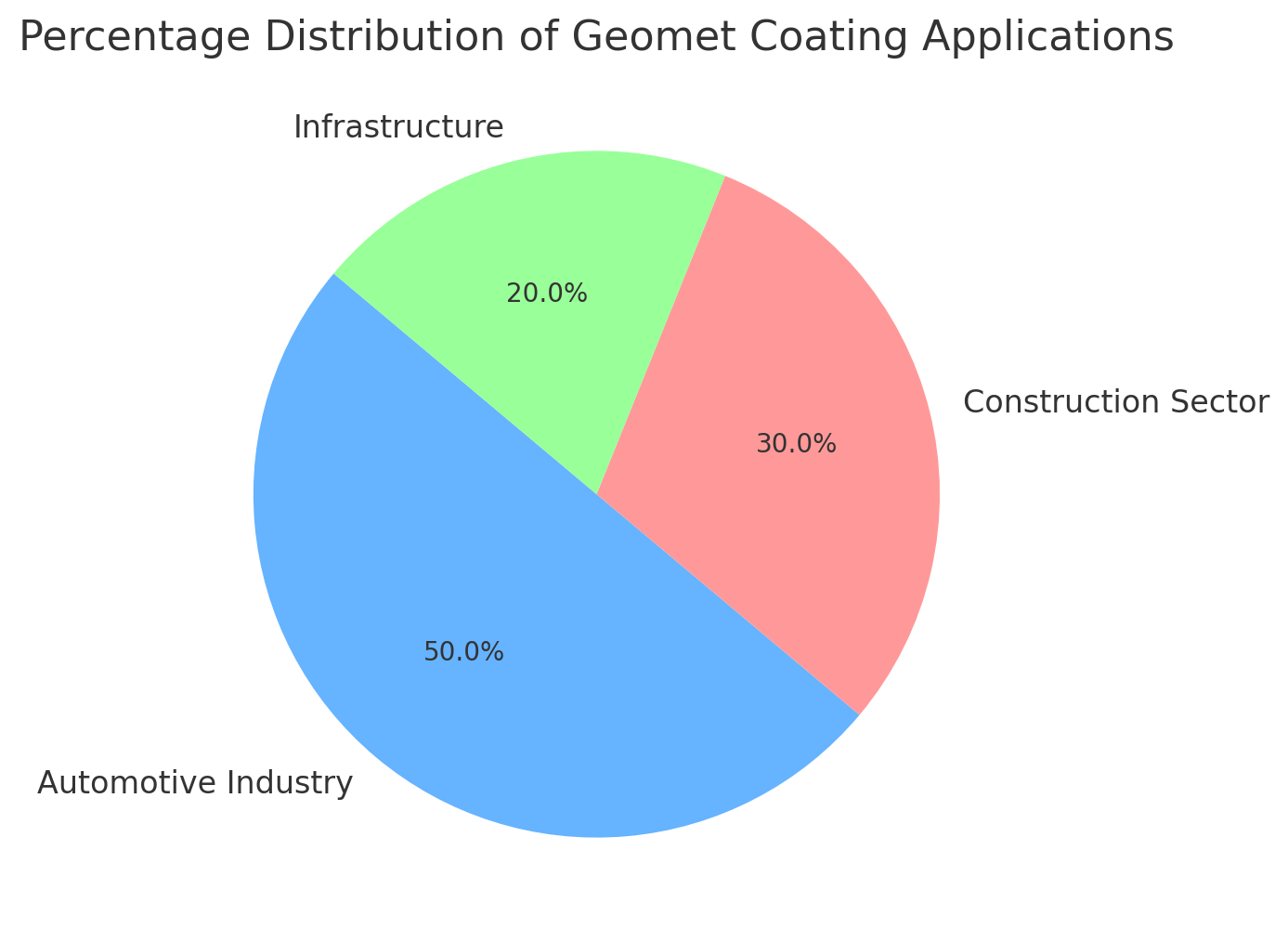Geomet Treatment: What It Is and How It Works
Introduction
The Geomet treatment is an advanced surface coating technology mainly used to improve the corrosion resistance of metallic components, particularly steel and iron. This technology is widely adopted in the automotive, aerospace, construction, and many other industries that require effective protection against corrosion in aggressive environments. Geomet treatment provides an eco-friendly alternative to hexavalent chromium-based coatings and other traditional corrosion protection methods, such as galvanizing and painting.
What Is the Geomet Treatment?
Geomet is a zinc and aluminum-based coating, deposited in the form of flakes within an inorganic binder. The treatment involves the application of a thin but extremely durable coating, which combines the corrosion resistance properties of zinc and aluminum with the chemical stability of the inorganic binder. This type of treatment is applied through processes such as dipping, spraying, or spin-coating, followed by oven curing to achieve final adhesion of the coating to the metallic substrate.
Stages of the Geomet Treatment Process
Surface Preparation
Description: Before applying the Geomet coating, the surface of the metallic component must be carefully prepared. This step includes mechanical or chemical cleaning to remove impurities, oils, or oxides that could interfere with coating adhesion.
Applications: Proper preparation is essential to ensure maximum adhesion and coating effectiveness, especially for components exposed to severe conditions.
Coating Application
Description: The Geomet coating is applied to the component using techniques such as dipping, spraying, or spin-coating. During this stage, the zinc and aluminum flakes are evenly distributed on the surface, forming a protective barrier.
Applications: The application method can be adapted according to the component’s geometry and the specific protection requirements.
Oven Curing
Description: After application, the coated components are oven-cured at controlled temperatures (typically between 240°C and 300°C). This process allows the inorganic binder to polymerize and firmly adhere to the substrate, forming a continuous and uniform coating.
Applications: Curing is crucial for developing a coating with excellent adhesion and corrosion resistance properties.
Advantages of the Geomet Treatment
Excellent Corrosion Resistance
Description: Geomet coating provides significantly higher corrosion resistance compared to other coatings, such as electrolytic zinc plating. This is particularly advantageous in marine, industrial, and automotive environments where components are exposed to salt, humidity, and chemicals.
Applications: Commonly used for bolts, washers, screws, and other components that require long-term protection in extreme conditions.
Eco-compatibility
Description: Unlike hexavalent chromium-based coatings, Geomet does not contain toxic heavy metals, making it a safer solution for both the environment and operators. Moreover, the process produces less waste and reduces the overall environmental impact.
Applications: Ideal for companies aiming to comply with stricter environmental regulations and reduce their ecological footprint.
High Durability and Low Maintenance
| Characteristic | Geomet | Electrolytic Zinc Coating | Painting |
|---|---|---|---|
| Corrosion Resistance | Very High | Medium | Variable (depending on paint type) |
| Coating Thickness | Thin (5-15 µm) | Thin (3-10 µm) | Thick (depending on paint type) |
| Eco-compatibility | High | Medium | Medium |
| Chemical Resistance | High | Medium | Variable (depending on paint type) |
| Coating Durability | Very High | Medium | Variable |
Chart: Distribution of Geomet Treatment Applications
The chart below shows the percentage distribution of common Geomet treatment applications across different industrial sectors:
This graph highlights how Geomet treatment is widely used in the automotive, construction, and infrastructure sectors, where corrosion resistance and durability are essential.

Business Conclusion
Geomet treatment represents a high-quality solution for the corrosion protection of metallic components, offering significant advantages in terms of resistance, durability, and environmental impact compared to traditional techniques. Its versatile application and adaptability to different industrial requirements make it an ideal choice for companies aiming to improve the quality and longevity of their products while reducing maintenance costs and complying with environmental regulations.



